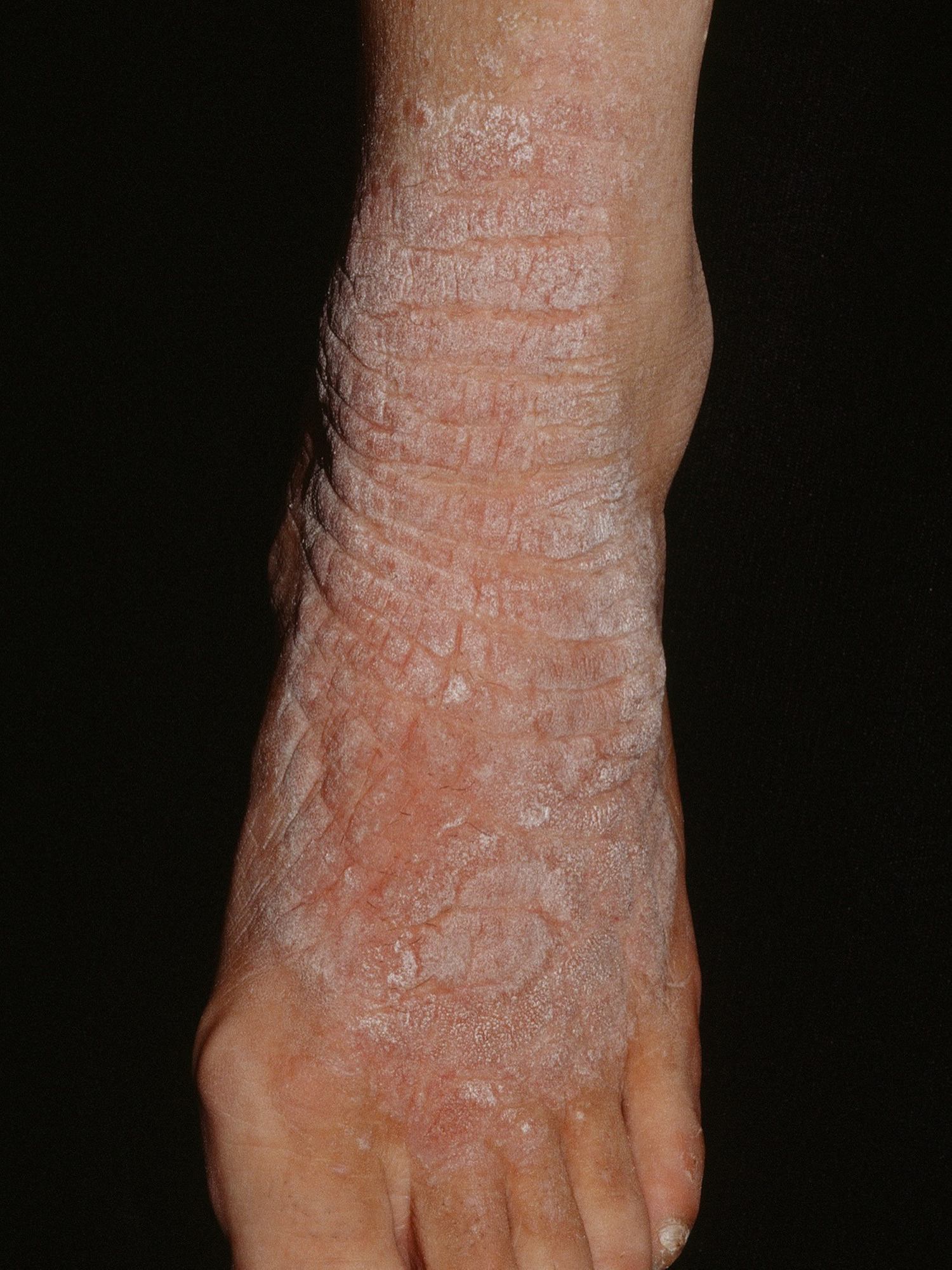How do you treat neurodermatitis ?
Neurodermatitis :
Neurodermatitis is a non-life-threatening skin condition involving itching and scratching, usually on just one or two patches of skin. It is also called lichen simplex chronicus.
The itchy patches measure between 3 centimeters by 6 centimeters and 6 centimeters by 10 centimeters. The patches can look:
- Dry.
- Thick.
- Scaly.
- Leathery.
- Differently colored, such as reddish, brownish, yellowish, gray or purple. Older patches can appear white or pale in the center, surrounded by darker colors. Over time, there might be scarring. Scratching can irritate nerve endings in the skin and worsen the itching, leading to more scratching. The condition can become chronic as the itch-scratch cycle continues.
What are the causes of neurodermatitis ?
The underlying cause of neurodermatitis is unknown. However, it has been observed that the itch can start during times of extreme stress, anxiety, emotional trauma or depression. The itching sometimes continues even after the mental stress eases or stops.
Other possible neurodermatitis triggers include:
- Nerve injuries.
- Insect bites.
- Dry skin.
- Wearing tight clothing, especially if the material is a synthetic fiber, like polyester or rayon. These factors can cause sensitive skin to overreact and itch.
- Other skin diseases. Neurodermatitis sometimes happens as a result of eczema and psoriasis .
In addition to itching, scratching and dry, discolored patches of skin, symptoms of neurodermatitis can include:
- Pain.
- Hair loss if itching and scratching occurs on the scalp.
- Open sores and bleeding, due to repeated scratching.
- Infection, which is indicated by sores with yellow-colored crusts, fluid discharge and/or pus-filled bumps.
- Scarring from scratching.
- Skin lines in the affected skin.
Neurodermatitis rarely heals without treatment. A dermatologist will write a treatment plan that is unique for each patient. The main goal is to stop the itching and scratching. Treatments can include medications like:
- Corticosteroids. These medicines can be applied to the itchy patch or injected into the patch. Corticosteroids help reduce redness, swelling, heat, itching and tenderness, and can soften thickened skin.
- Antihistamines. Taken before bedtime, an antihistamine can cut back on itching during sleep. It can also help prevent allergic reactions that would worsen the condition.
- Antibiotics. These are prescribed if the patchy area is infected. Antibiotics can be applied to the skin or taken orally in pill form.
- Moisturizers. These reduce dryness and itching.
- Coal tar preparations. This type of medicine causes the skin to shed dead cells and slows the growth of new cells. Patients can place it directly on their skin or add it to their bath.
- Capsaicin creams. These can relieve both pain and itching.
Your doctor might also suggest:
- Coverings. Using bandages, socks or gloves can prevent night scratching, allowing better sleep. Covering also helps medicine applied to the skin penetrate better. (This is also called occlusion.)
- Cool compresses. These can be placed on the skin about five minutes before applying corticosteroids. The compress softens the skin so the medicine can penetrate easier, and it can also relieve itching.
- Antidepressants and/or therapy. This type of treatment may be suggested if it is believed that anxiety, depression or stress is causing the itch.
If none of these treatments are effective, nontraditional treatments include:
- A solution that mixes aspirin and dichloromethane applied to the itchy area.
- Treatments usually used for atopic dermatitis/eczema (tacrolimus and/or pimecrolimus).
- An injection of botulinum toxin (Botox®), a toxic protein that can cause flaccid paralysis, or muscle weakness in the body. In a study of three neurodermatitis patients, all three itched less after one week of treatment and within four weeks the itchy patches were gone.
- Phototherapy, or light therapy. This approach should not be used on genitals.
- Traditional surgery to remove the itchy patch or cryosurgery to destroy unwanted tissue using intense cold.



Comments
Post a Comment